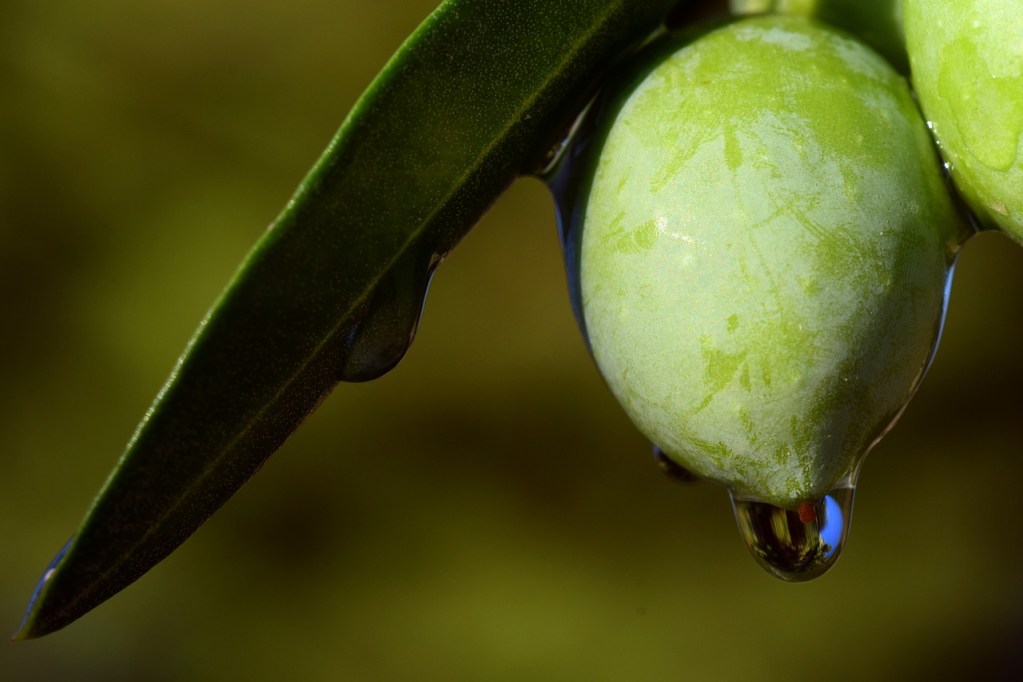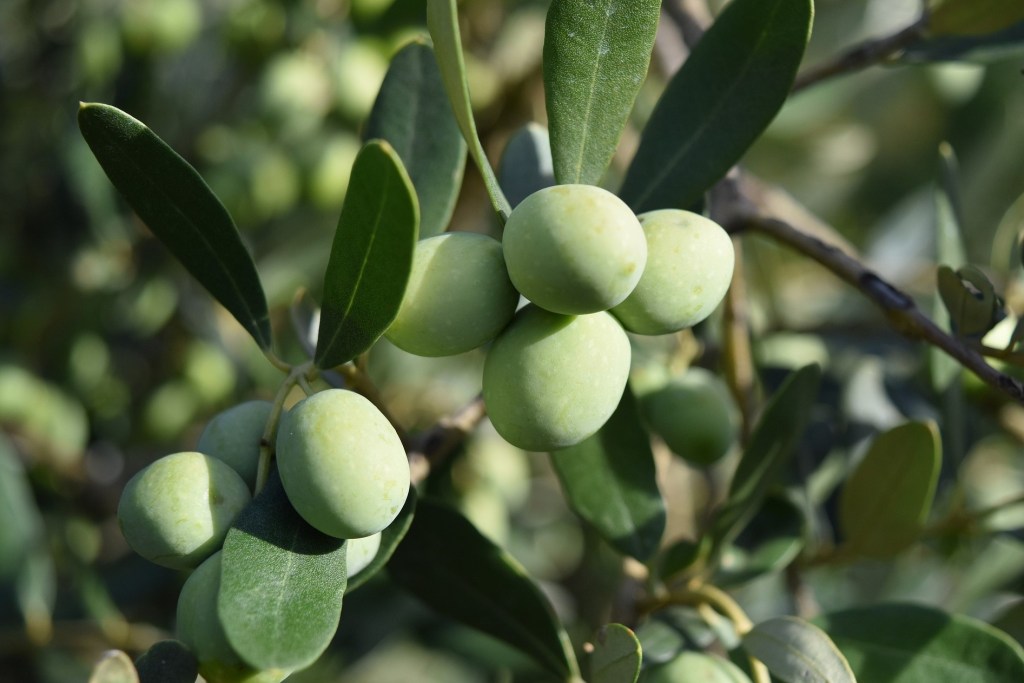Olive trees have a long history of cultivation—from ancient Greece, where olive groves were tended with care, to the modern orchards that supply your kitchens with olive oil and tapenades. If you’re looking for the freshest olive tapenade, you might be considering growing an olive tree yourself. In that case, you’ll want to know all the tips and tricks for keeping your olive tree alive and thriving. Here’s everything you need to know about taking your olive tree from seedling to success.
What type of olive tree should you grow?
There are many types of olive trees, and each one has its merits. Which one you choose is ultimately based on what you’d like to use the olives for. To begin, if you want an olive tree but no olives, try a fruitless olive tree variety like Majestic Beauty or Swan Hill.
If your goal is to produce olive oil at home, try an arbequina, mission, frantoio, or koroneiki olive tree. Arbequina and mission trees are both fairly cold tolerant, and both arbequina and koroneiki trees can be grown indoors. Frantoio trees have silvery leaves, which makes them aesthetically pleasing.
On the other hand, if you want the best table olives, you should pick a manzanilla, kalamata, nocellara del belice, or amfissa olive tree. Manzanilla olives are some of the most common brine-cured green olives in the US, frequently stuffed with pimentos, while nocellara del belice olives, although uncommon in the US, are considered high quality table olives.
Many olives are grown for both oil and table eating, so don’t worry if you haven’t decided which you’d prefer or if you’d like a little of both. In fact, nocellara del belice, mission, and frantoio olive varieties are all good choices if you want both oil and table olives.

Soil, light, and water
Olives are native to the Mediterranean, so most varieties love the sun. Full to partial sun is best, especially if you want a substantial harvest. Additionally, olive trees need well-draining soil and cannot tolerate standing water. Test your soil before planting your tree; if your soil is too slow to drain, you may be better off growing it in a container. Olive trees need regular watering in order to grow and produce olives. If you live in a dry climate, your tree may fare better with a drip irrigation system. Olive trees prefer warm weather, but can be grown indoors or in a container in cooler climates.
At a glance, olive trees need:
- Full to partial sun
- Well-draining soil
- Moderate water
- Warm weather or indoors

Pruning and fertilizing
Pruning can be useful for shaping your olive tree and controlling its size, but as long as the tree is healthy it isn’t necessary. If you do prune your olive tree, wait until after the harvest, typically in fall. Try not to prune away too much, since olives form on the previous season’s growth and cutting that back can interfere with your harvest size. Avoid pruning at all during the first two years of growth, so that your tree has time to put out healthy growth.
Test your soil before fertilizing your tree, as adding fertilizer to soil that’s already full of nutrients can cause a build up of nutrients. If your soil is lacking, try a balanced slow-release fertilizer or compost. These have the benefit of releasing all the nutrients your plant needs without overwhelming it.

Diseases and pests
One of the primary pests that can damage olive trees is scale, especially black scale. Scale are small, round insects that feed on plants by sucking the juice from them. This leaves small wounds on the plant that are particularly vulnerable to mold. If left untreated, the infection can easily spread through the entire plant. Ants can exacerbate the issue by carrying the mold to other parts of the tree.
Keeping both scale and ants at bay can keep your olive tree healthy. As with all plants, olive trees are most vulnerable when they’re young. An established, mature tree can withstand much more than a seedling. Keep a close eye on your olive tree after planting it, and act quickly if you notice any pest damage.
By following these simple tips, you can have a thriving olive grove in no time. All you need to do is pick an appropriately sunny spot, choose your olive varieties, and start growing. Most olive varieties start producing olives after the second year, but, if you’re in a hurry, you can also find faster growing varieties that are ready to harvest after only the first year. No matter which kind you choose, olive trees live quite a while, so you’ll have fresh olives for years to come.
Editors' Recommendations
- Plant these stunning flowering shrubs for a showstopping garden display this spring
- 3 incredible reasons why you should be using coffee grounds in your garden
- Have a gross mealybug infestation on your plants? Try one of these remedies
- These plants should be among the first you plant this year
- Unique and whimsical flowers to add to your collection for a fairy-tale garden landscape this spring





